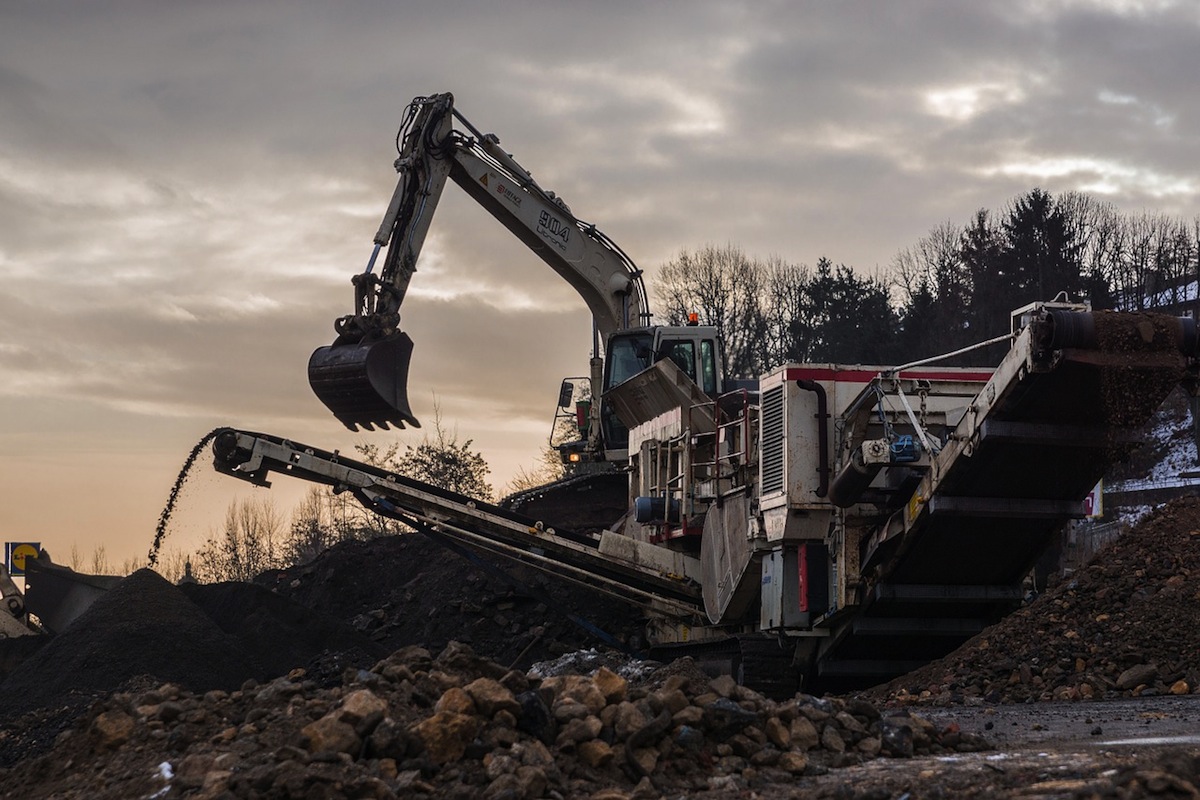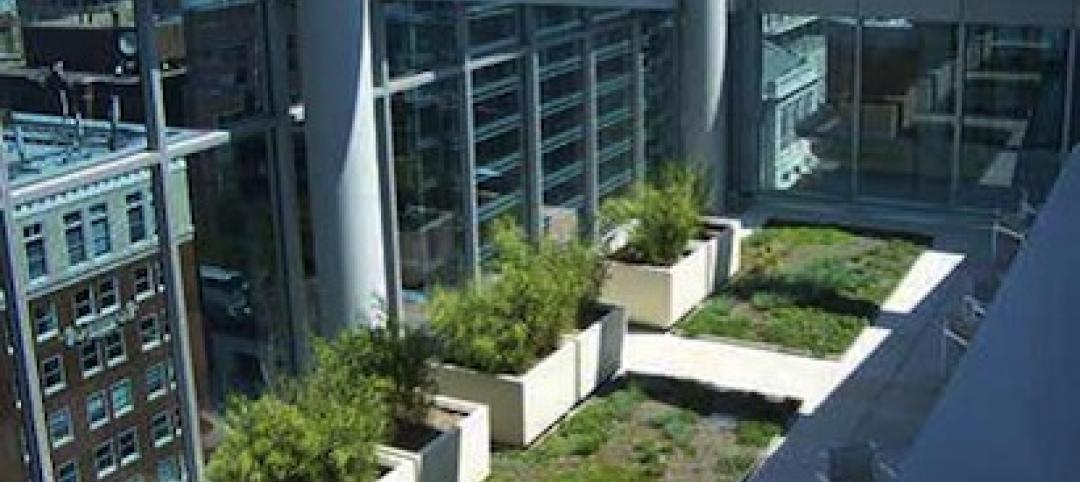The impact of large, transformational deals by integrated engineers and constructors (E&C) last year will spur continued M&A activity this year, as the largest firms use acquisitions to drive growth and enter new markets, according to the latest edition of FMI’s Mergers & Acquisitions Trends.
“Large, transformational deals highlighted robust M&A activity in the E&C industry in 2014,” said Chris Daum, Senior Managing Director and Head of Investment Banking at FMI. “While there may not be as many marquee transactions thus far in 2015, M&A activity remains very high, particularly among the largest U.S. and international firms that continue to pursue acquisitions as a conduit for growth and margin expansion.”
Large, integrated E&C firms remain acquisitive in 2015 as they look to expand beyond their current maturing markets. Competition among buyers for quality firms of size in attractive growth markets is leading to favorable valuations for sellers. One material challenge that exists for buyers has been the limited number of willing sellers that are of sufficient size to be attractive—e.g., heavy civil contracting firms above $200 million and utility T&D or multi-trade industrial firms above $100 million in value.
Persistent themes in 2015
Persistent themes are shaping broader trends within the industry:
• 2014 was notable for several “mega-deals” in the E&C industry, with three deals accounting for more than $11 billion in transaction value alone. Several multibillion-dollar transactions, including AECOM’s acquisition of URS, SNC-Lavalin’s acquisition of Kentz and the merger of AMEC and Foster Wheeler, reflected the continuing convergence of engineering and construction, the pursuit of global scale by large firms and competition for “mega-projects,” which continue to proliferate.
• Firms tied to public spending remain in a “holding pattern” until spending returns to normalized levels. Most of the new construction currently taking place is in the private sector due to a lack of public spending on infrastructure, and buyers have shifted their appetites toward companies servicing the more active private sectors. Potential sellers who are heavily tied to the public sector may attract limited buyer interest until the outlook for public infrastructure spending improves.
• Interest from strategic buyers exceeds the number of quality, motivated sellers in several industry sectors, driven in part by strong interest from international buyers. The US is the most attractive growth market for international firms faced with flat or declining business in their home markets. International buyers are most interested in national or large regional general contractors, heavy civil contractors, or large specialty firms focused on power, energy and industrial infrastructure.
Varied activity by sector
The carryover of robust M&A activity from 2014 in the E&C industry is most notable among firms involved in the design, construction or maintenance of power, energy, utility and industrial infrastructure. However, building products, energy services and cleantech and specialty contractors with large service and maintenance operations continue to see increased buyer interest.
In Oil & Gas, many private equity firms pulled back from pending upstream and midstream deals in the second half of 2014. The sustained decline in the price of oil is expected to fuel an increase in distressed sales, a decline in valuation multiples and a re-emergence of strategic buyers in 2015. Those financial buyers who remain active in the market are focused on acquiring quality assets at steep discounts. The industrial sector, meanwhile, is growing faster than the overall construction market. For that reason, we expect M&A activity for industrial trade contractors to increase over the next few years. The surge in industrial projects is due to the recent availability of low natural gas prices. This has driven both new and renovation projects, spurring some contractors to look to M&A as a potential solution.
Robust international activity
Many international buyers, meanwhile, who have historically focused on traditional construction firms, are beginning to shift their attention to integrated E&C firms. Many buyers believe the integrated model provides a significant entry point into the U.S. market for firms looking to make their initial acquisition. In addition, international buyers continue to see the U.S. as an opportunity for Public-Private Partnerships (P3) projects, and an integrated platform can provide earlier access to the development of revenue-generating projects.
“While 2015 may not match the level of activity seen in 2014, M&A remains a focal point of strategy for many large domestic E&C firms,” said Daum. “Coupling that with the increased interest from international buyers should allow for a continued robust M&A market in 2015.”
FMI’s Mergers & Acquisitions Trends report can be accessed here.
Related Stories
| Dec 24, 2013
First Look: Calatrava's Sharq Crossing in Doha, Qatar [video]
The government of Qatar has released details of Sharq Crossing, a massive infrastructure project designed by Spanish architect Santiago Calatrava.
| Dec 23, 2013
MBI commends start of module setting at B2, world's tallest modular building
The first modules have been set at B2 residential tower at Atlantic Yards in New York, set to become the tallest modular building in the world.
| Dec 23, 2013
First Look: KPF's dual-tower design for Ziraat Bank in Istanbul
Kohn Pedersen Fox Associates (KPF) is designing a new headquarters for Turkey’s largest and oldest financial institution, Ziraat Bank, in a modern, suburban district of Istanbul.
| Dec 20, 2013
Top healthcare sector trends for 2014 (and beyond)
Despite the lack of clarity regarding many elements of healthcare reform, there are several core tenets that will likely continue to drive transition within the healthcare industry.
| Dec 20, 2013
Must see for the holidays: Architects re-create iconic structures using gingerbread
Gensler, PBK, Page Sutherland Page, and Kirksey were among the firms to compete in the 5th Annual Gingerbread Build-Off.
| Dec 20, 2013
Can energy hogs still be considered efficient buildings? Yes, say engineers at Buro Happold
A new tool from the engineering firm Buro Happold takes into account both energy and economic performance of buildings for a true measure of efficiency.
| Dec 19, 2013
NRDC report relates green infrastructure investments to commercial property value [Infographic]
The Natural Resources Defense Council has released The Green Edge: How Commercial Property Investment in Green Infrastructure Creates Value -- a first-ever illustrative and well-documented report that helps demonstrate the value of green infrastructure. It draws from available published material to capture the multitude of tangible, monetizable non-water quality and water quality benefits that green infrastructure investments (trees, rain gardens, and porous pavement, rainwater harvesting cisterns, bioswales, etc.) can unlock for the commercial real estate sector, including commercial property owners and their tenants.
| Dec 19, 2013
Mastering the art of crowd control and visitor flow in interpretive facilities
To say that visitor facility planning and design is challenging is an understatement. There are many factors that determine the success of a facility. Unfortunately, visitor flow, the way people move and how the facility accommodates those movements, isn’t always specifically considered.
| Dec 19, 2013
Urban populations, climate change demand resilient design: Report
With over fifty percent of the population already living in urban areas, cities must grapple with the potentially catastrophic effects of climate change (think: Superstorm Sandy in New York). In a new report, Jones Lang LaSalle has identified steps cities can take to make their infrastructure more resilient to changing climate conditions.
| Dec 18, 2013
Architecture Billings Index takes step back in November
After six months of steadily increasing demand for design services, the Architecture Billings Index paused in November, dipping below 50 for just the second time in 2013.

















